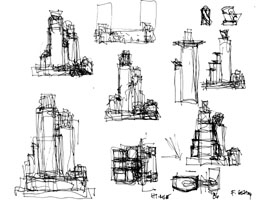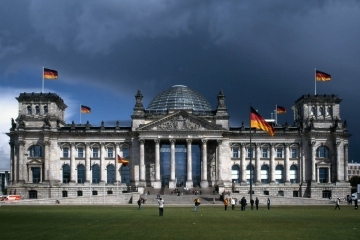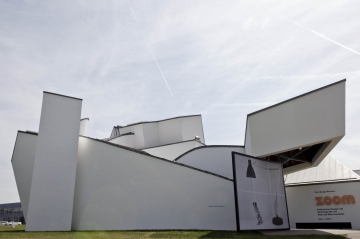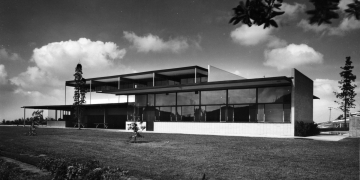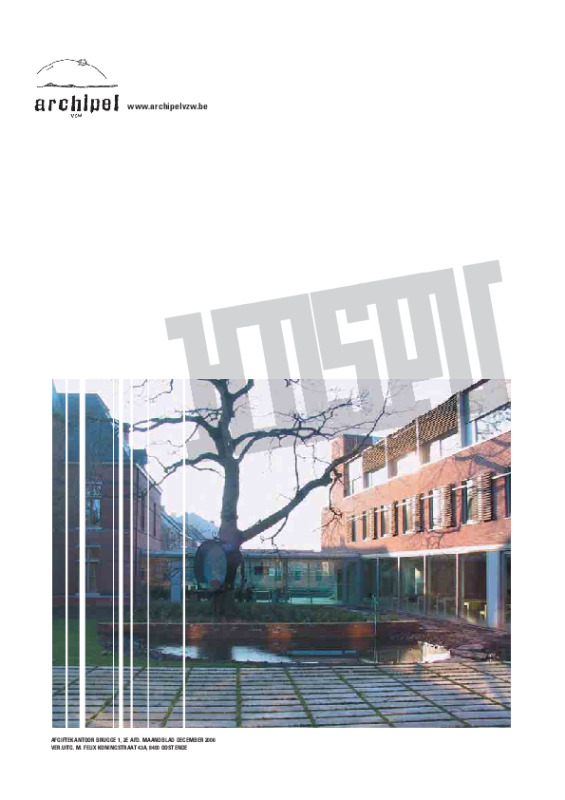Frank Gehry

Frank Owen Gehry, born as Ephraim Owen Goldberg (°Toronto, 28 February 1929) is a Canadian architect, currently a United States resident based in Los Angeles, he won the Pritzker Prize in 1989.
A number of his buildings, including his private residence, have become world-renowned tourist attractions. His works are cited as being among the most important works of contemporary architecture in the 2010 World Architecture Survey, which led Vanity Fair to label him as “the most important architect of our age”.
It was his private residence in Santa Monica, California, that jump-started his career, lifting it from the status of “paper architecture“—a phenomenon that many famous architects have experienced in their formative decades through experimentation almost exclusively on paper before receiving their first major commission in later years. In 1947, Gehry moved to California, got a job driving a delivery truck, and studied at Los Angeles City College, eventually to graduate from the University of Southern California’s School of Architecture.
After graduation from college, he spent time away from the field of architecture in numerous other jobs, including service in the United States Army. In the fall of 1956, he moved his family to Cambridge, where he studied city planning at the Harvard Graduate School of Design. He left before completing the program, disheartened and underwhelmed. Gehry’s left-wing ideas about socially responsible architecture were under-realized and the final straw occurred when he sat in on a discussion of one professor’s “secret project in progress“—a palace that he was designing for right-wing Cuban dictator Fulgencio Batista (1901–1973).



